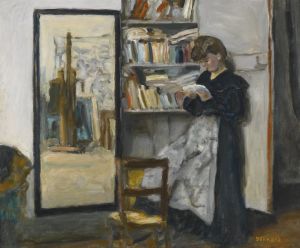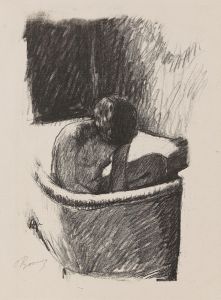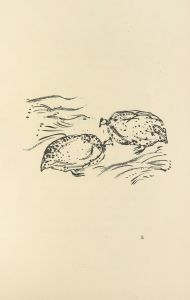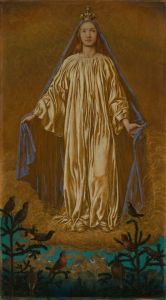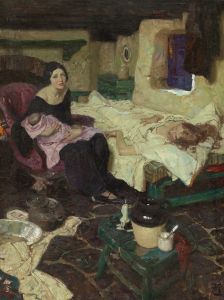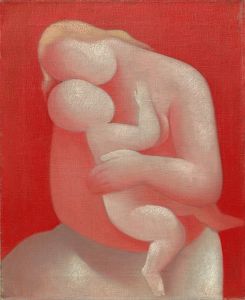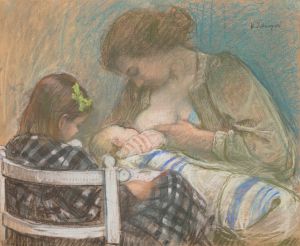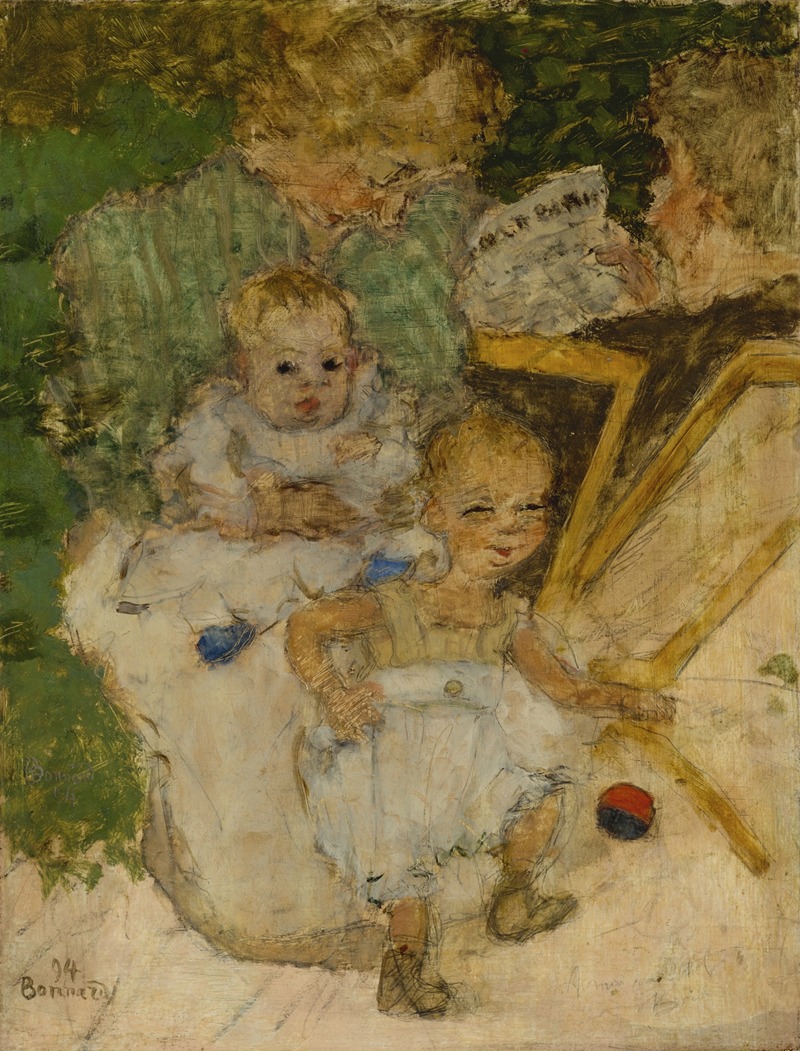
Les Mamans
A hand-painted replica of Pierre Bonnard’s masterpiece Les Mamans, meticulously crafted by professional artists to capture the true essence of the original. Each piece is created with museum-quality canvas and rare mineral pigments, carefully painted by experienced artists with delicate brushstrokes and rich, layered colors to perfectly recreate the texture of the original artwork. Unlike machine-printed reproductions, this hand-painted version brings the painting to life, infused with the artist’s emotions and skill in every stroke. Whether for personal collection or home decoration, it instantly elevates the artistic atmosphere of any space.
Pierre Bonnard was a French painter and printmaker, known for his vibrant use of color and his ability to capture the intimate, everyday moments of life. One of his works, "Les Mamans," exemplifies his unique style and thematic focus. Although specific details about "Les Mamans" are limited, it is important to understand Bonnard's broader artistic context to appreciate this painting.
Born in 1867 in Fontenay-aux-Roses, France, Bonnard was a leading figure in the Post-Impressionist movement. He was a founding member of the group known as Les Nabis, which included other notable artists like Édouard Vuillard and Maurice Denis. The Nabis were influenced by Paul Gauguin and sought to explore the symbolic and spiritual dimensions of art, often using bold colors and simplified forms.
Bonnard's work is characterized by his use of color to convey mood and emotion rather than to accurately depict reality. He often painted domestic scenes, landscapes, and still lifes, focusing on the interplay of light and color. His compositions frequently feature intimate, everyday moments, capturing the essence of domestic life with a sense of warmth and familiarity.
"Les Mamans" fits within this context of Bonnard's oeuvre, likely depicting a scene of mothers and children. While specific details about the painting's composition and subject matter are scarce, it can be inferred that Bonnard's approach would have involved a focus on the interaction between figures and their environment, using color to create a harmonious and emotive scene.
Bonnard's technique often involved working from memory rather than direct observation. He would make sketches and notes, which he later used to create his paintings in the studio. This method allowed him to infuse his works with a sense of nostalgia and personal reflection, as he was not constrained by the immediate visual reality.
Throughout his career, Bonnard's work evolved, but he consistently maintained his interest in capturing the subtleties of human experience. His paintings are celebrated for their ability to evoke a sense of intimacy and tranquility, inviting viewers to pause and appreciate the beauty of everyday life.
In addition to his paintings, Bonnard was also an accomplished printmaker, producing lithographs and etchings that further explored his themes of domesticity and the natural world. His work has been exhibited widely and continues to be highly regarded for its contribution to modern art.
While "Les Mamans" may not be as widely recognized as some of Bonnard's other works, it remains an integral part of his artistic legacy, reflecting his commitment to exploring the nuances of human relationships and the environments they inhabit. Through his masterful use of color and composition, Bonnard invites viewers to engage with the quiet, often overlooked moments that define our lives.








